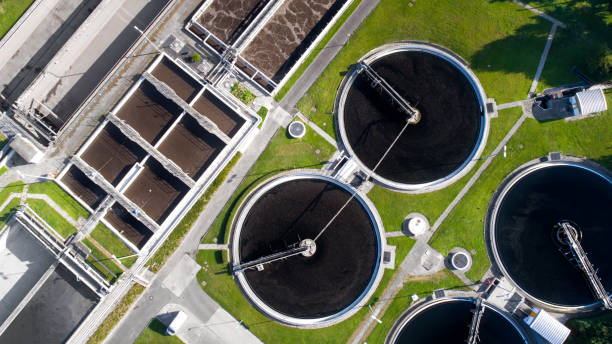
This guide will clarify the basics of water treatment and how it functions. It is also an explanation of how important the process is and the various types and applications.
What is the definition of water treatment?
Water treatment is the procedure of improving the quality of water with the intention of serving a specific end-user. Water treatment is used for a variety of reasons, including drinking water, industrial water supply and recreation on the water. It is also used to replenish environmental resources like lakes and rivers.
What is the significance of Water Treatment Important?
The human body is in constant necessity. As human populations increase and the need for water grows as well. Water is a finite resource. Therefore, it must be treated to ensure that it is used for future purposes. This is where the significance of Sewage Treatment Systems systems come into play.
Water treatment assists in eliminating pollutants and harmful substances from the water, making it safe and safe to drink. It also allows it to be used for other purposes. Around 2 billion people around the world consume untreated water or from unsafe or contaminated source. Having systems in place to improve water quality helps intervene in these circumstances and help prevent unsafe water-caused incidents, like water-borne illnesses and fatalities.
On the other hand water treatment can be beneficial in ensuring that water is returned to the natural cycle. One of the end-uses of this procedure is to safely return water to the environment, such as lakes, rivers and oceans. Water treatment facilities must ensure that the water is clean and free of harmful substances in order to avoid contamination and other environmental issues such as water pollution.
The United States Environmental Protection Agency provides guidelines for organizations to adhere to in order to protect the environment as well as human rights. A EPA report is a way to ensure the compliance of an organization with environmental safety under control. It helps identify illegally dumping pollutants into water bodies. This is a case of a violation of the Clean Water Act.
Process
Most water treatment facilities are accountable for collecting, treating and distributing water supply in commercial, residential, or industrial uses. Module Sewage Systems may use slightly different water treatment processes. They all use similar stages in accordance with what they are trying to achieve.
What are the five steps of water treatment?
According to the Centers for Disease Control and Prevention (CDC) The overall water treatment process, especially for water systems that are public, comprises five major steps:
1. Coagulation
The initial step to get water treated is through coagulation. This involves adding chemicals with positively charged water, which will neutralize the negative charge of dirt and other substances that are dissolved. These chemicals are iron as well as specific salt types.
2. Flocculation
This step refers to the process of mixing the water in order to form larger, heavier particles known as flocs. In the majority of cases, other chemical substances are added to water in order to aid in the creation of flocs.
3. Sedimentation
When flocs begin to form, they settle to the bottom of the water since they weigh more. This process is known as sedimentation in module sewage systems, and it is utilized by water treatment facilities to remove solids like flocs from water prior to proceeding to the next step.
4. Filtration
Another process for solids separation and filtration is utilized to remove the water. The separated, clear water on top now passes through filters of various dimensions of pores, constructed from various materials like sand and gravel. Ultimately, these filters aid in the removal of dissolved particles as well as undesirable substances from the water.
5. Infection
During this step all remaining bacteria, parasites and viruses need to be removed. This is done by adding chemical disinfectants to water such as chlorine or chloroform. What is the reason water treatment plants do this? It's to ensure that water is safe during the journey from the water treatment plant to businesses and homes because chemical disinfectants help eliminate the remaining microorganisms that are not needed before the water gets to the final destination.
